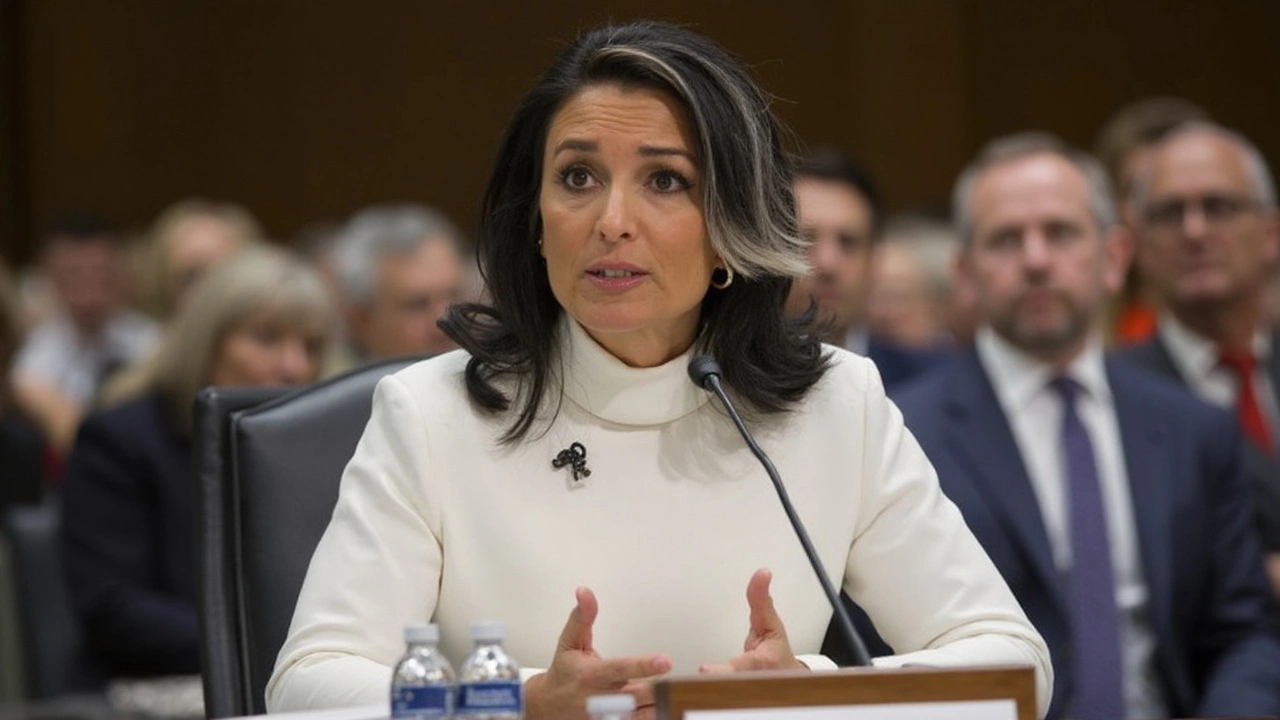US National Intelligence Explained in Simple Terms
When you hear "US national intelligence" you might picture secret rooms, covert agents, and high‑tech gadgets. In reality, it’s a network of agencies that collect and analyze information to keep the country safe. From the CIA to the NSA, each outfit has a specific job, but they all feed into a single picture that helps presidents, lawmakers, and even businesses make decisions.
Who’s Who in the US Intelligence Community?
The key players are the CIA (Central Intelligence Agency), the NSA (National Security Agency), the FBI’s intelligence branch, and the DIA (Defense Intelligence Agency). The CIA focuses on gathering information abroad, while the NSA listens to electronic signals. The FBI looks at threats inside the United States, and the DIA serves the military’s needs. All of them report to the Director of National Intelligence (DNI), who makes sure the data is combined and shared where it’s needed.
Why It Matters to You
National intelligence isn’t just for diplomats and generals; it touches everyday life. For example, when the intelligence community spots a potential cyber‑attack, you might see a warning from your bank to change passwords. If they detect a looming health threat, public‑health guidelines get updated faster. Even trade policies, like the recent US tariff on Indian imports, are influenced by intelligence assessments of economic security.
Recent headlines show how intelligence shapes policy. The US recently slapped a 50% tariff on Indian goods, citing concerns tied to Russian oil purchases. While the tariff is an economic move, the decision relied on intelligence reports about geopolitical risks. Similarly, court rulings on tariffs, such as the Trump‑era steel and aluminum duties, often involve intelligence input to gauge national security effects.
Understanding the basics helps you read the news with less confusion. If a story mentions an "orange alert" from the Indian Meteorological Department, it’s not intelligence, but the same principle applies: agencies gather data, analyze risk, and issue warnings. In the US, the equivalent would be a Homeland Security Advisory that tells you to stay indoors during a hurricane.
So, what should you keep an eye on? Look for official statements from the Office of the Director of National Intelligence (ODNI) or the State Department’s public briefings. Those releases often summarize the most critical threats—whether it’s a foreign cyber‑espionage campaign or a new terrorist plot. When you see a headline about a major sports event being under a weather alert, think of it the same way: data collection, risk assessment, and public guidance.
Bottom line: US national intelligence is a collective effort to turn raw data into useful warnings. It protects borders, secures cyberspace, and influences economic decisions that affect your wallet. By knowing who does what and why it matters, you can better understand the news and make smarter choices in your daily life.
Tulsi Gabbard Makes History as First Hindu to Helm U.S. National Intelligence
Tulsi Gabbard has stepped into the spotlight as the newly appointed Director of National Intelligence under President Donald Trump, marking a significant milestone as the first Hindu to lead US intelligence efforts. Her nomination stirred debate given her past controversial engagements and viewpoints, but she remains committed to reforming the intelligence community.





